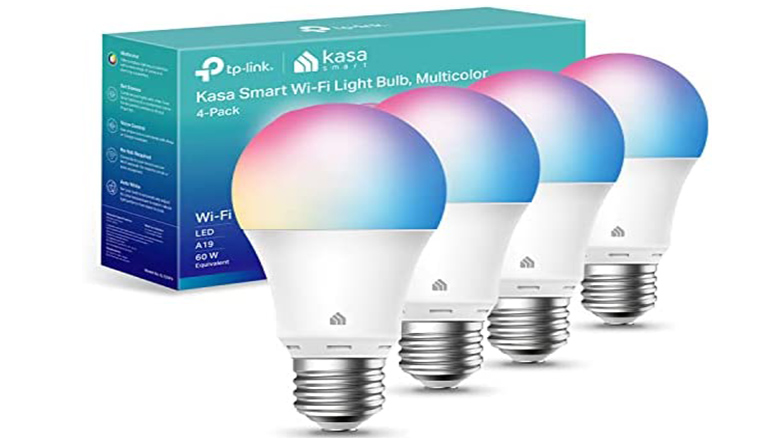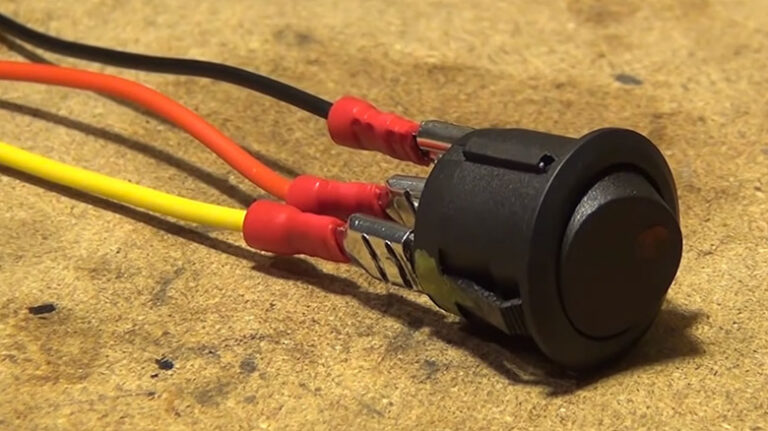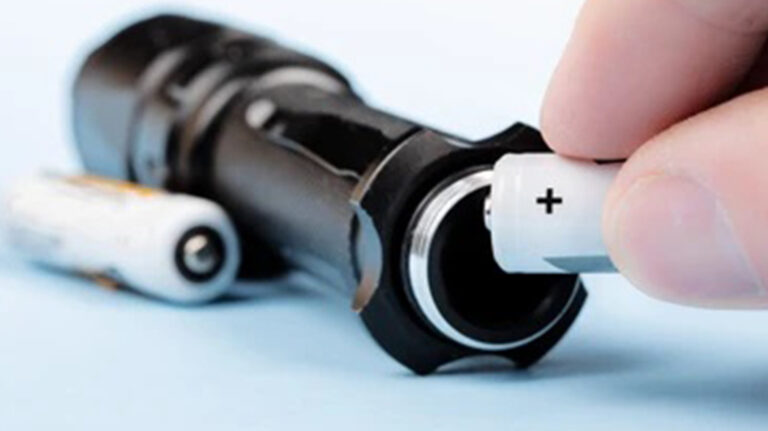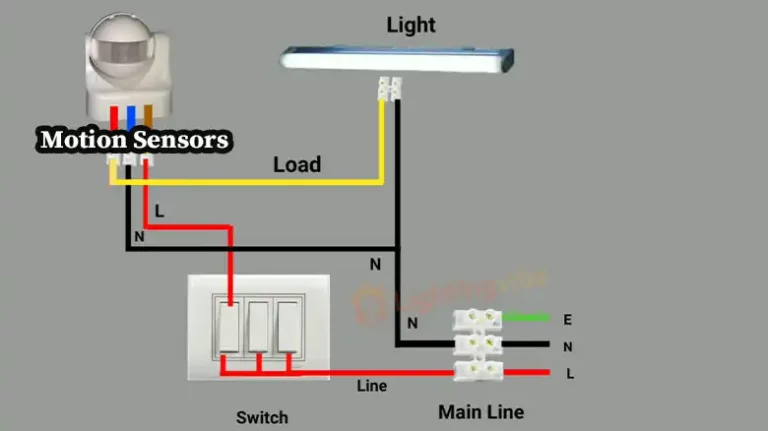Are Bulbs Covered Under Warranty | Everything You Need to Know
A conventional car has about 5,000 components, so there are many potential problems. Because of this, it’s critical to understand what is protected by a warranty and what is expressly denied. The conditions of the warranty will indicate the parts that are more likely to break and wear down than others. One warranty carrier to another may have different lists of what is and what is not covered.
There will always be a few significant objects. If they malfunction, it’s more than just normal wear and tear, and they’ll be replaced without fail. It’s not nearly that simple when it comes to certain other component pieces.
It’s important to find out if you may claim pieces that are merely worn out. The question “Are light bulbs protected under vehicle warranty?” is frequently asked since there is doubt regarding specific items.

What Manufacturers Have to Say About Light Bulbs
There is significant ambiguity around light bulbs; in certain situations, they may be protected but not in others. Others will include them on a list of prohibitions. Some warranties will expressly identify them among the items that are covered. The kind of light bulb can have a role, with some being more prone to defects and hence more liable to be disqualified.
The choice of whether to change the bulbs will frequently rely on what caused the issue. In most circumstances, wear and tear, breakage brought on by careless driving, and damage brought on by elements like the environment will not be covered.
Light bulbs may be classified as consumable products by some warranty companies, which means that they are likely to break eventually. You won’t be able to file a claim if the documentation indicates that this is the case. This aligns them with other parts, including tires, brakes, and clutches, whose projected lifespan is limited.
Nonetheless, the warranty carrier will generally agree that this is proof of a mechanical failure and is likely to look into a claim to have them changed if it is determined that they became faulty earlier than would ordinarily be the case.
What Should I Do Next?
Getting fully prepared for the possibility of replacing these car components is the first step in understanding that the warranty does not cover lightbulbs. We are aware that the worst part of a car component failing is the dreaded inquiry, “How much is it going cost to fix?”
The best protection in these circumstances is knowledge. If the head and taillights burn out and the lights aren’t covered by the automobile warranty, you will be prepared financially and won’t be caught off guard.
You can easily find out how much it will cost to replace each lightbulb in your car by looking up the make and model of the automobile. If at all feasible, save aside money in case these replacements need to be made.
Various Bulbs Have Various Lifetimes
When you do need to replace a lightbulb that is not covered by a warranty, it is important to understand what you are paying for. The amount of riding you perform in low light will affect the longevity of your headlight bulbs, among other things.
A Tungsten-Halogen headlight bulb typically lasts between 450 and 1,000 hours. LED lights used in certain automobiles have a lifespan of 30,000 hours, whereas Xenon lamps may last for over 10,000 hours.
Regular taillight bulbs, which are often incandescent, can last for five to six years on average, whereas LED taillights have a lifespan of 12 to 13 years.
Guidelines for Road and Safety
You have to maintain the functionality of your car’s lights, and you should exercise constant caution for both your security and that of other road users.
Norms for Daylight
When queuing in traffic, brake lights must turn on as immediately as you press the brake pedal, but they shouldn’t stay on continually as this might dazzle cars right behind you.
Lowering headlights and fog lights should be used in low visibility situations, such as fog, however, they should be turned off once the weather improves to prevent blinding other drivers.
Whether or not it seems bright enough to you, sidelights or lights that show the registration must be utilized between sunset and daybreak.
Norms for the Evening
Use headlights to help you find your route at night, but always be aware of other drivers.
Even while using full headlights at nighttime may be required, it is recommended to dip the lights when approaching walkers, cyclists, horseback riders, and other drivers to prevent blinding glare.
When passing another vehicle, you should keep your headlamps dim until you are in line with it before turning them back on fully. Drivers are encouraged to slow down or stop when it’s appropriate to do so until they can see the road once more if they are being blinded by the glare.
Drivers are only obligated to use their corner lights at night while traveling at less than 30 mph in well-lit areas, although dipped headlights may be a preferable option for safety.
As specialists in the automobile sector, it is our ongoing goal to help drivers all across the nation comprehend every facet of the warranties and exactly what is covered.
Frequently Asked Questions
Taillight Bulbs Are They Covered By Warranty?
The majority of worn items—items of the car that degrade over time—are not protected by a new car bumper-to-bumper warranty. Wiper blades, tires, brakes, braking rotors, light bulbs, and glass windows are examples of items that are not covered.
Are The Headlight Bulbs Covered By The Warranty?
Typically, the following things are not covered by a car warranty: recurring upkeep regular tire changes, oil changes, etc. things that wear & tear, replaced windshield wiper blades, brake pads, clutches, headlight bulbs, etc.
Does The Bumper-To-Bumper Warranty Protect Headlights?
Rarely, if it ever, are parts covered by a bumper-to-bumper guarantee that must be replaced frequently due to ordinary wear and tear. This includes the tires, brakes, wipers, and headlight or taillight bulbs for your car.
Conclusion
Typically, bulbs are not covered by warranties. They are regarded as belonging to the same class as tires. You could try to debate it, but I highly doubt you’ll succeed. Get a professional and get your automobile looked at if you genuinely have a bulb problem, whether it was just burned out or anything more. Alternatively, you could just buy one and DIY it on your own!



![The Ceiling Fan Light Won’t Turn Off [Fix!]](https://lightingvilla.com/wp-content/uploads/2023/01/Ceiling-Fan-Light-Wont-Turn-Off-768x431.jpg)


